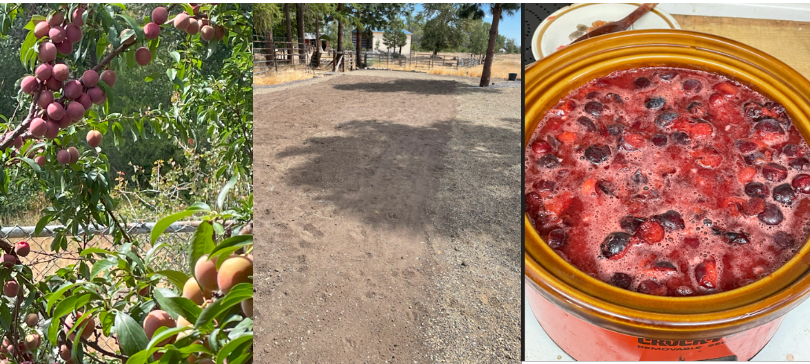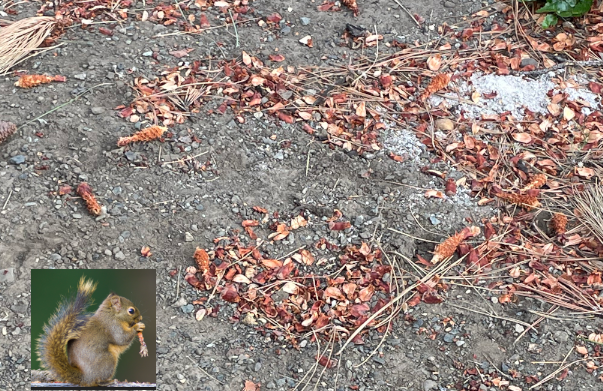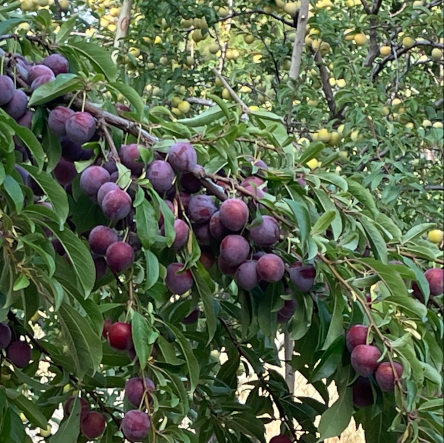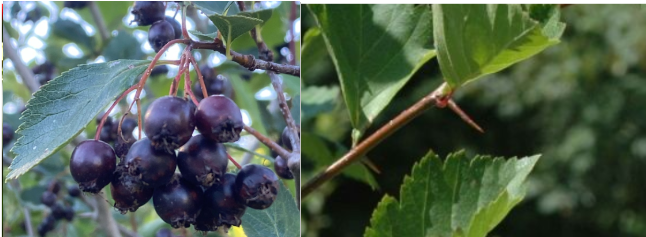So looking back on the week – what happened? Nothing.
There is national and international news. Same old stuff.
The U. S. government shut down. The only thing that appears, at the moment, to affect me is that the Social Security cost of living adjustment (COLA) isn’t being announced because the agency that provides the inflation data hasn’t given it to the SS folks. I’m shocked and devastated.
COLA will be between 2.5% and 2.9%, or about $50/month for the average retiree. Because about half of that is taken from the payout, this is not a big deal.
Here on the Naneum Fan at over 2,200 feet elevation and with clear sky, the early morning temperature has been 37°F. The high today was 64. Gina in Houston reported 91; Peggy in Cleveland claimed an 83.
The cold mornings are cutting down on my outside work. I didn’t go out until 10 AM. Still. I’m closing in on a couple of projects – a new bird-feeding station (photos next week); the surface, border, and accessories for playing Pétanque, and the remodeling of the sign at the entrance off of Naneum Road that welcomes folks to the Rock ‘n Ponderosa.
Later this week, I hope to saw limbs and tree trunks into wood stove lengths, split as necessary, and stacked under cover.
I am going to visit the American Cancer Society’s Discovery Shop in Yakima on Tuesday. I need to do something with two dozen crystal glasses that we acquired as wedding gifts or exchanges back in 1969. And never used! There are sites on the web that will buy such things but they won’t pay near what they would charge for such stuff. And I would have to pack and ship it. My feeling is it is much simpler to carry it to Yakima (where I go to Costco), and be done with it. Besides, if a got a couple hundred dollars, I’d likely donate it to some charity. Cutting out the middle-merchant seems the easy and better way.
Keeping Track
on the Naneum Fan
John



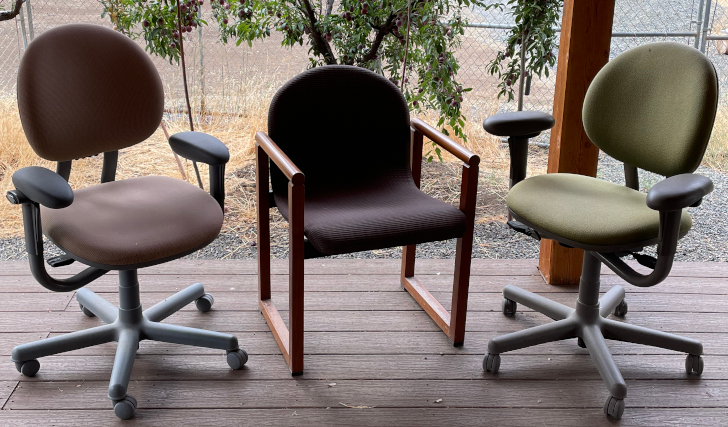
 Back to the chairs: The chairs show a bit of age but are in nearly perfect shape. The green one has a spot on the top left, seen in this small closeup:
Back to the chairs: The chairs show a bit of age but are in nearly perfect shape. The green one has a spot on the top left, seen in this small closeup: overheating.”
overheating.”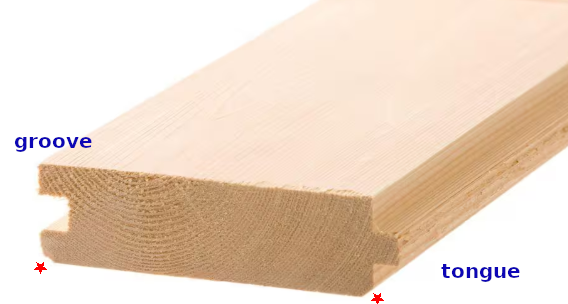
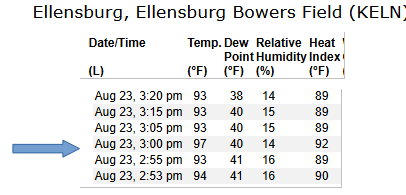
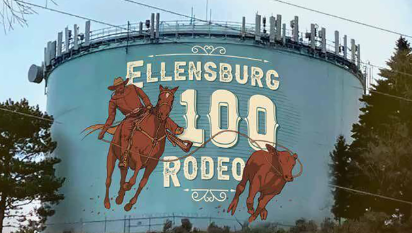 I went last year as a “greeter” at the Adult Activity Center’s room where we offered wit and wisdom to drop-ins. Also, cookies and cold drinks.
I went last year as a “greeter” at the Adult Activity Center’s room where we offered wit and wisdom to drop-ins. Also, cookies and cold drinks.